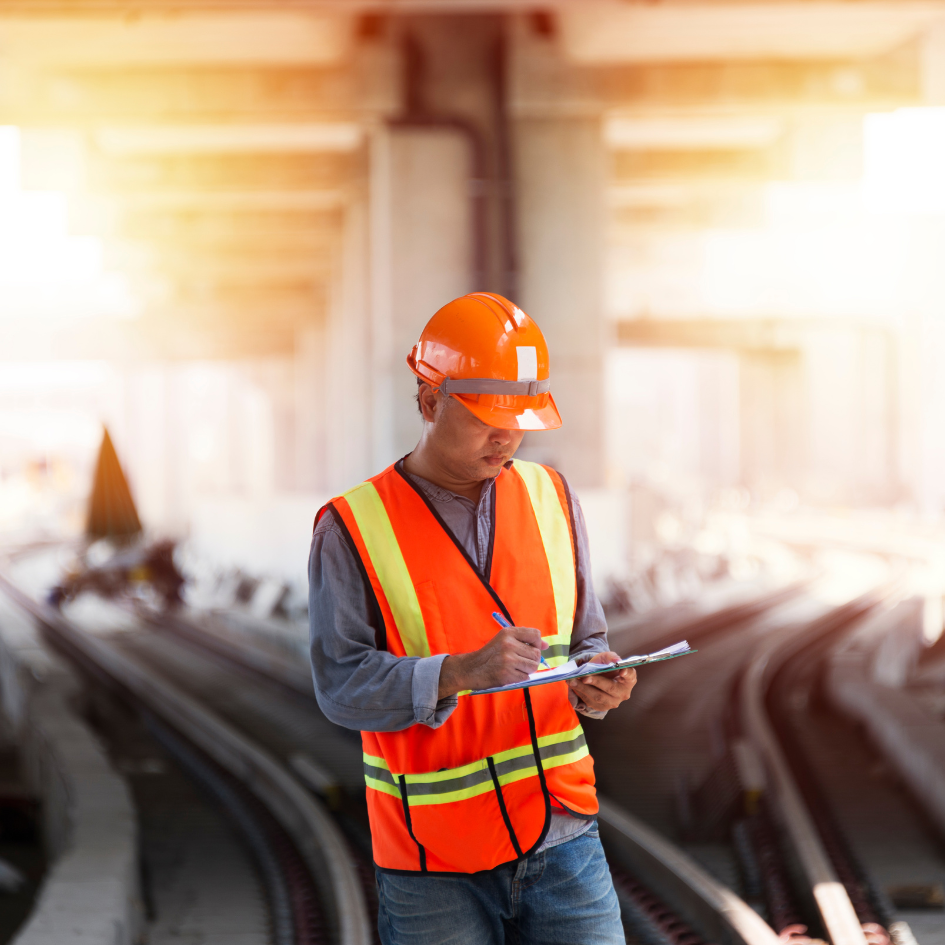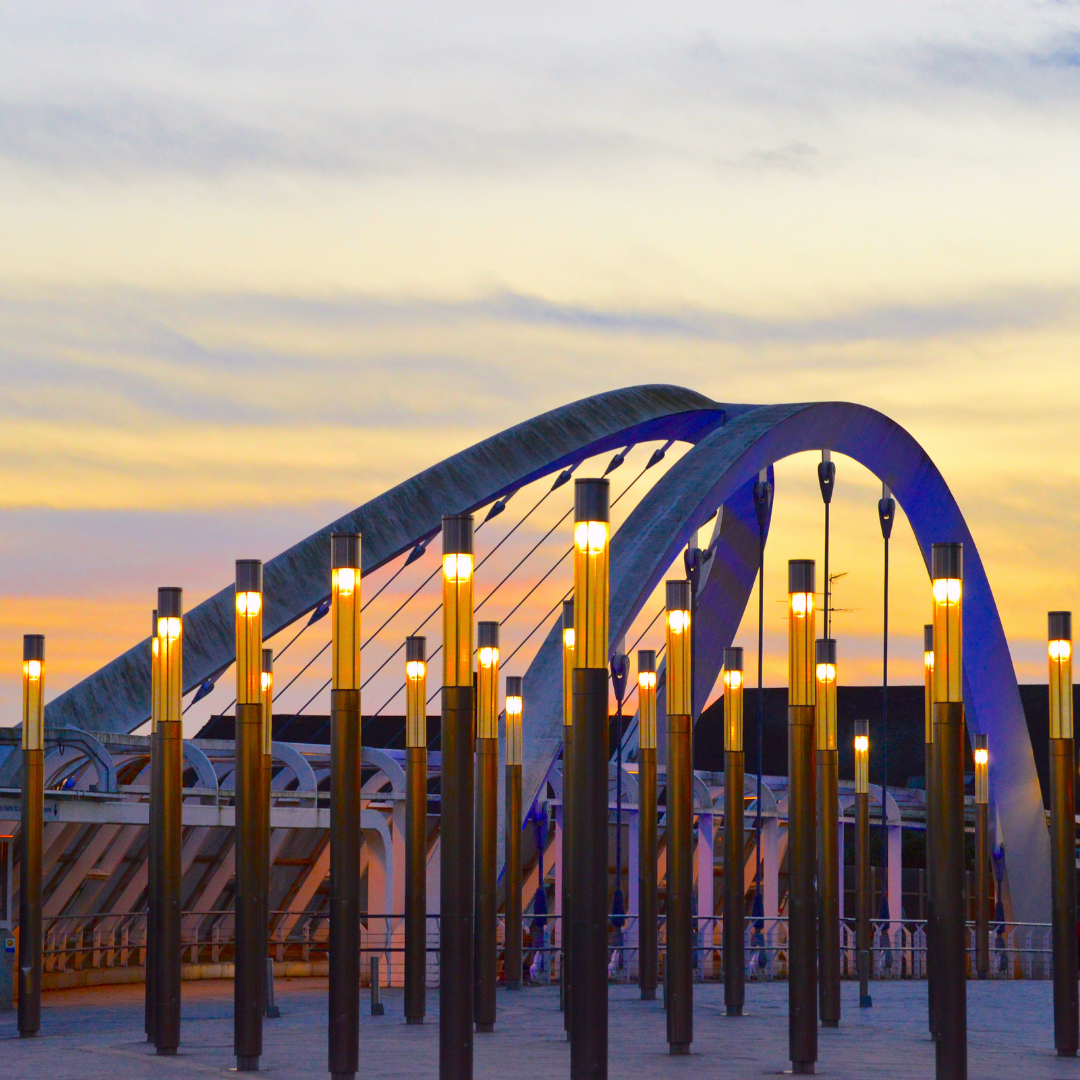The Future of Architecture in Australia: What’s on the Horizon?
Australian architecture has long been defined by its bold character, diverse landscapes, and adaptability. From beachside pavilions to high-density cityscapes, our built environment continues to evolve with changing social, environmental, and technological demands.
But what does the next chapter look like? Let’s explore the emerging trends and movements shaping the future of architecture in Australia.
A Stronger Commitment to Sustainable Design
Sustainability is no longer a feature - it’s becoming the foundation of good design. As the built environment is responsible for a significant portion of Australia’s emissions, architects are taking the lead in driving climate-conscious solutions.
We can expect a continued rise in:
- Net zero and carbon-negative buildings
- Passive design principles that reduce reliance on mechanical systems
- Use of recycled, renewable, and locally sourced materials
- Circular construction methods that minimise waste and promote reuse
Future architecture in Australia will be measured not only by aesthetic or functionality but by environmental performance and resilience.
Designing with Nature: The Biophilic Approach
Biophilic design is moving from an emerging concept to an essential practice. It reflects a growing understanding of how natural elements within built environments can positively impact health, wellbeing, and productivity.
This will include:
- Increased use of natural materials such as timber and stone
- Integration of green roofs, vertical gardens, and landscaped terraces
- Urban planning that prioritises access to nature and biodiversity
- Indoor-outdoor spatial connections to enhance liveability
As cities densify, reconnecting with nature through design will be a key driver of healthier, more liveable communities.
The Growth of the 15-Minute Neighbourhood
Australia’s major cities are expanding, and with that comes a push for smarter urban planning. The idea of the 15-minute neighbourhood - where residents can access work, education, healthcare, and recreation within a short walk or cycle - will shape how we plan and design our cities.
This model supports:
- Mixed-use developments that bring services closer to homes
- Walkable streets and active transport infrastructure
- Community-focused public spaces
- Improved access to affordable and diverse housing options
Architects and planners will be central to realising these communities, where convenience, connection, and quality of life are prioritised.
Third Place Thinking: Designing for Connection Beyond Work and Home
As our lives become more flexible and digitally connected, there’s growing recognition of the need for third places - social environments outside of home (first place) and work (second place) that foster community interaction, casual connection, and a sense of belonging.
Architects are increasingly integrating third place thinking into:
- Community hubs, libraries, and co-working cafés
- Public plazas and shared green spaces
- Retail and cultural precincts designed for lingering, not just passing through
- Residential developments with shared amenities that encourage social engagement
Third places play a critical role in reducing isolation, supporting mental health, and building more cohesive communities - especially as remote work becomes more common.
Smart Technology and Data-Driven Design
Technology will continue to redefine the practice of architecture, not only in how we design but how buildings perform over time. The integration of digital tools and smart systems is creating more responsive, efficient, and user-friendly environments.
Key developments include:
- Smart façades that adapt to environmental conditions
- Intelligent building systems for energy and water management
- Digital twins for predictive maintenance and performance modelling
- VR and AR tools for immersive client collaboration and design testing
As technology becomes more embedded, architects will need to balance innovation with usability and long-term value.
Designing with Country and Indigenous Knowledge
A critical and growing movement in Australian architecture is the incorporation of Indigenous knowledge, perspectives, and connection to Country. Designing with Country is a culturally respectful approach that values deep listening, collaboration, and the unique identity of place.
This involves:
- Meaningful engagement with First Nations communities
- Design responses that reflect local culture, history, and landscapes
- Consideration of traditional land care practices and sustainability principles
- Storytelling through materials, form, and spatial planning
This shift is enriching architectural practice, fostering more inclusive and grounded outcomes for both communities and environments.
A Broader Role for Architects
The role of the architect is expanding. Beyond design and documentation, architects are becoming strategic advisors, urban problem-solvers, and advocates for the public good. From addressing housing affordability and climate adaptation to supporting equitable access to public space, the profession will be increasingly involved in broader societal challenges.
The architect of the future will work at the intersection of design, policy, community, and innovation.
Final Thoughts
The future of architecture in Australia will be defined by greater sustainability, deeper cultural understanding, smarter technologies, and more human-centred outcomes. It’s an exciting time to be shaping our cities, homes, and public spaces—and the opportunity to make a lasting impact has never been greater.
At Vivid Recruitment, we work with architects, designers, and engineers who are helping shape that future. Whether you're looking to build your team or take the next step in your career, we understand the challenges and opportunities in this evolving industry.
Reach out to us for a conversation about where architecture is headed - and how you can be part of it.
Contact the Team
Ready to dive into the action? For our clients, let's connect and make sure you're ready for the exciting opportunities ahead.
Nicholas Koop, Principal Recruitment Consultant, Engineering - 📲 0426 180 254 📧 nick@vividrecruitment.com.au
Lee Stevens, Principal Recruitment Consultant, Architecture & Design - 📲 0406 470 020 📧 lee@vividrecruitment.com.au
You can also connect with Lee on LinkedIn and Nick on LinkedIn or follow the Vivid Recruitment LinkedIn page for more industry insights, news, jobs and general chit chat and tips!










